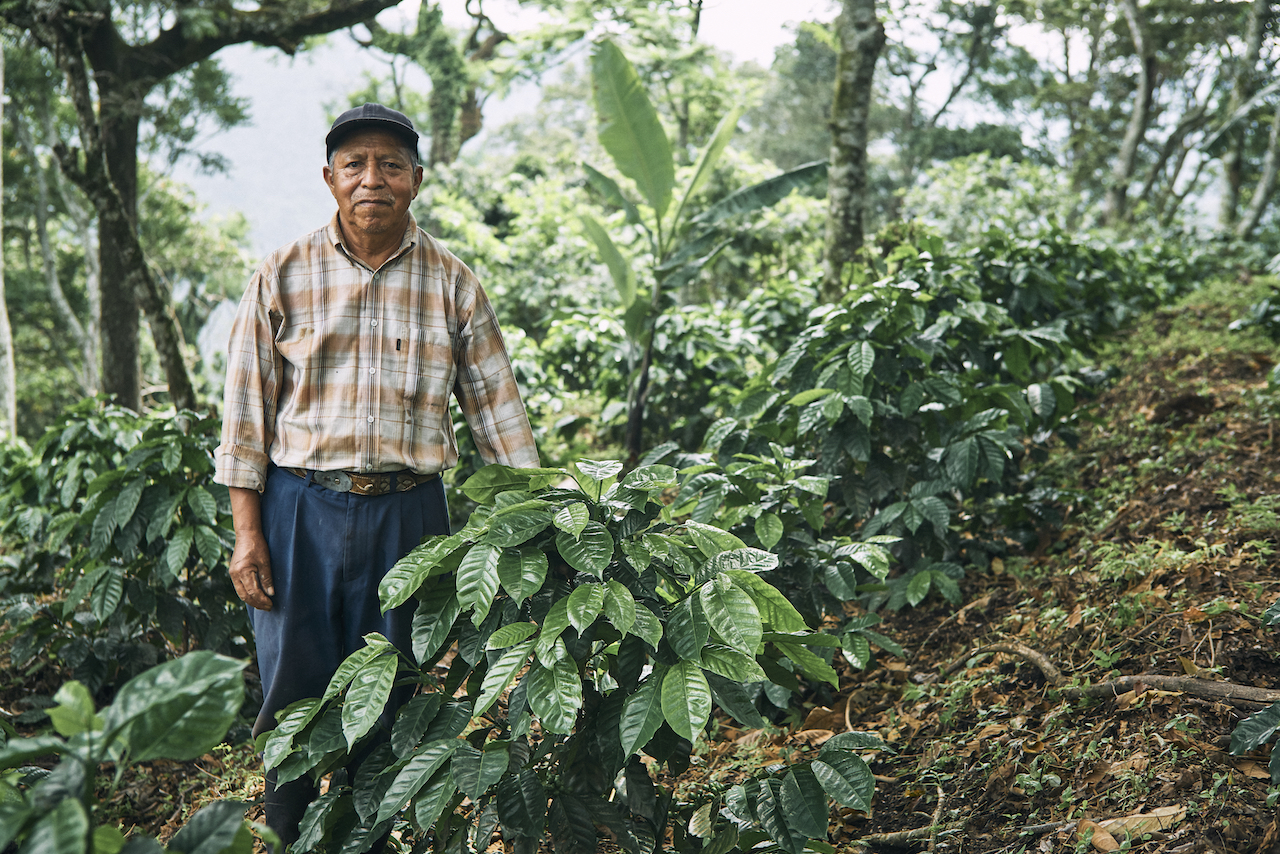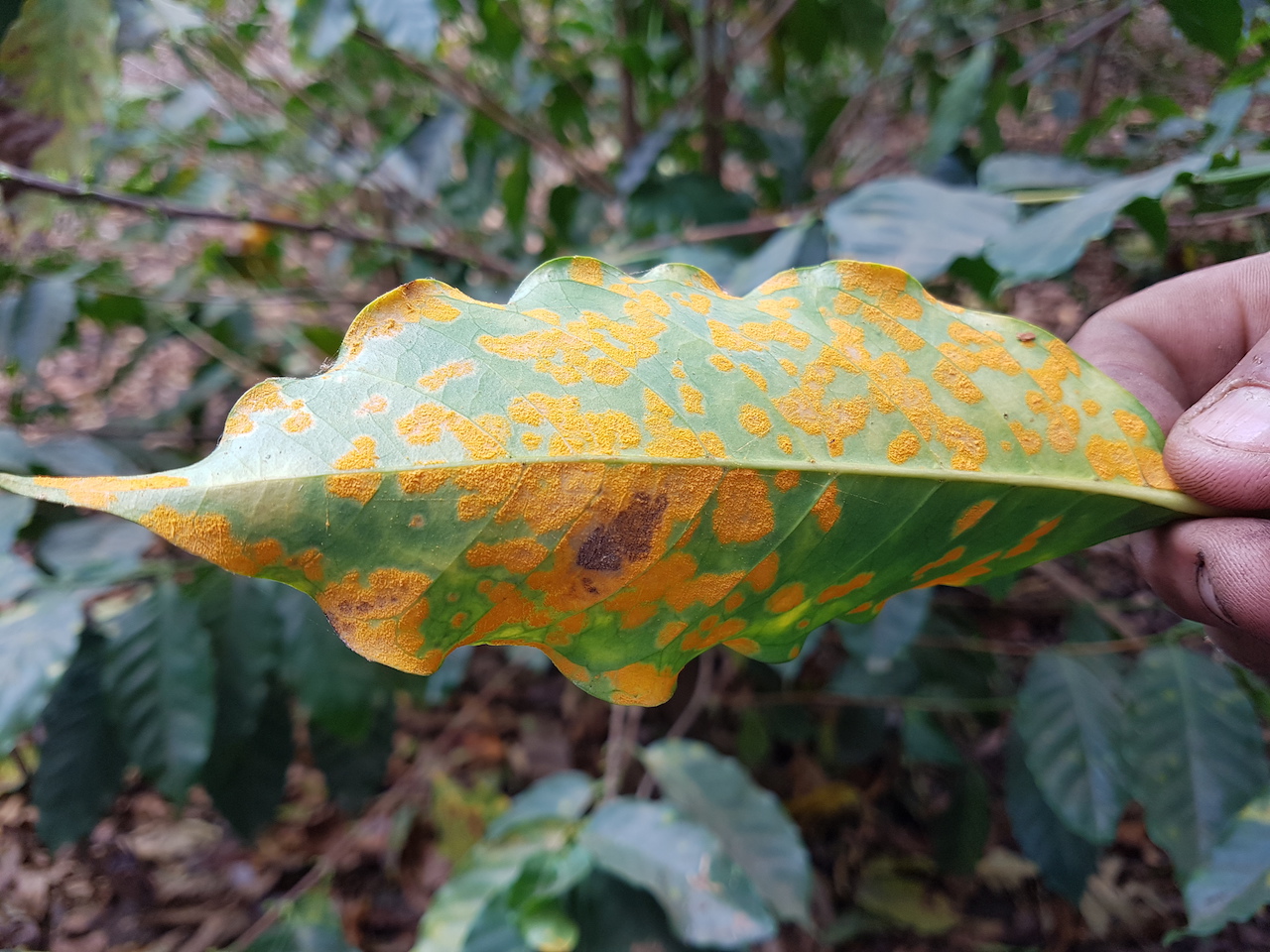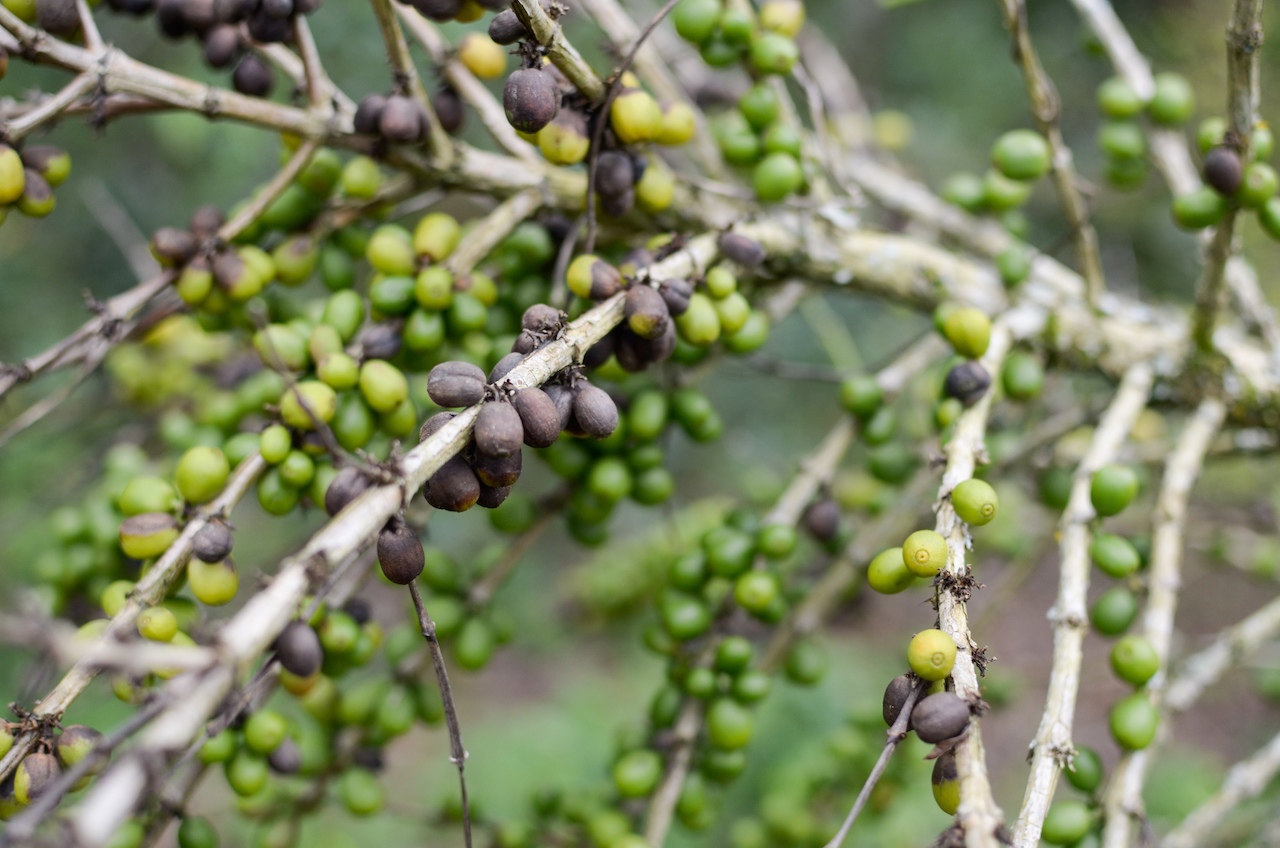 Science Community: Disease-Resistance in Coffee an Ongoing Battle
Science Community: Disease-Resistance in Coffee an Ongoing Battle
Portland, Ore. (September 19, 2018)—The plant disease known as coffee leaf rust has
wreaked havoc on coffee production, particularly in Latin America, since an epidemic of
the disease hit in 2012. Since then, the global coffee industry has united to help farmers
fight coffee leaf rust through the development of improved coffee varieties such as F1
hybrids, most of which are resistant to rust and other plant diseases. Today, at the biannual
ASIC Portland scientific conference, nonprofit coffee-research organization
World Coffee Research delivered a message to the global coffee industry: While fighting
coffee leaf rust through genetic resistance via F1 hybrids is an effective tactic, it won’t
be enough to protect farmers from significant crop losses due to pests and diseases.
In today’s ASIC presentation, World Coffee Research Scientific Director Dr. Christophe
Montagnon explained that some coffee varieties’ rust resistance has been scientifically
proven to break down, with the latest example being the Lempira variety from Honduras’
IHCAFE. Dr. Montagnon told attendees that researchers believe it is only a matter of
time before rust resistance in most of the existing resistant varieties is going to
break down, perhaps in as soon as five to 10 years in many countries.
While this development does not foretell the end of coffee production—coffee farmers
have been living with coffee leaf rust for many years—it brings to light key elements
guiding coffee’s future. For one, farmers need to focus on plant health—no matter the
variety of their coffee—as a major component of defense against rust. Secondly, those
traveling between origin countries must develop a heightened sensitivity and awareness
for appropriate phytosanitary practices to prevent spreading fungi and other diseases
from farm to farm or region to region. Thirdly, the coffee industry needs to prioritize
ongoing research and development. New sources of rust resistance can be found
and must be discovered to foster sustainable coffee production. Coffee’s scientific
community, led by World Coffee Research in collaboration with coffee-producing
countries, and with the support of the broader coffee industry, must seek to produce
new solutions, new technology, and new ways of combating plant disease.
The fight against rust
For three years following the coffee leaf rust outbreak in 2012, the disease caused
destruction in Central and South America: Many farms lost 50 to 80 percent of their
production, and the epidemic forced 1.7 million people out of work and drove human
migration. Once the rust outbreak hit, farmers who could afford to plant rust-resistant
varieties did so, renovating areas of their farms with the new varieties. Combating
diseases like rust is one action modern farmers must take to protect against the
intensifying effects of climate change, which are evidenced in rising temperatures,
unpredictable weather patterns, and higher rates of plant disease.


Unfortunately for some farmers who planted new varieties, no disease resistance is
forever, as pathogens adapt and continue to attack coffee trees. In 2017, Honduras’
national coffee institute IHCAFE announced that Lempira, one of the varieties it had
bred, was no longer resistant to coffee leaf rust. Additionally, since 2013 the Center for
Research on Coffee Rust (CIFC) in Portugal has observed varieties losing their rust
resistance in different countries such as Brazil and India.
For the last 30 years, rust resistance has relied on the resistant genes coming from
Timor Hybrid, a natural cross between Arabica and Robusta coffee. According to the
scientific community, the Timor Hybrid’s resistance is breaking down. “Rust resistance
coming from different sources of introgression—the transferring of genes from one
species to another after hybridization and backcrossing—is being broken step by step,”
said Dr. Montagnon of World Coffee Research. He explained that the introgressed
varieties known as Catimors and Sarchimors that resisted rust for 30 years are no
longer resisting. “The research community shall proceed to develop new varieties with
new sources of resistance but also build up comprehensive rust-control strategies that
go beyond genetics alone,” Dr. Montagnon said.
World Coffee Research’s approach
A crucial part of rust-control strategies going forward, according to World Coffee
Research and others in the scientific community, is the promotion of plant health in
coffee production, which has been overlooked in the past. Just as humans are more
likely to be healthy if they exercise well and eat good food, coffee is better equipped to
defend against rust when it is in good health. Factors contributing to plant health include
good maintenance, soil conservation, adequate plant nutrition, and adequate shading. A
recent study from World Coffee Research and CIRAD recently showed that good
fertilization can be as effective as spraying fungicide in protecting a genetically
susceptible coffee to rust. Furthermore, it is acknowledged that one of the main reasons
for the 2012 rust crisis in Central America was farmers’ reduced maintenance of their
trees, itself due to low prices of coffee.
A plant’s health, or inherent vigor, is also dependent on the plant’s genetics and
maintenance. F1 hybrids are inherently vigorous due to “hybrid vigor” and are hence
benefiting from their plant health to defend against rust, even if they don’t bear the rust resistance genes.

Beyond promoting plant health, World Coffee Research is committed to the necessary
R&D work to develop new solutions. These initiatives include:
- Continuing to search for new sources of resistance that could be used in breeding.
This includes researching other species such as Robusta to see if there are “resistance
traits” that could be brought to Arabica through smart breeding.
- Creating F1 hybrid varieties that are more tolerant to stress and have been shown to
fare better against rust. New F1 hybrid varieties are currently in development and
should be ready to be released to farmers by 2025.
- Learning more about coffee leaf rust, including working with renowned expert Mary
Catherine Aime at Purdue University to explore the rust genome and genetic diversity,
decipher its mutation ability, and potentially find solutions to mitigate it.
- Studying coffee profitability through World Coffee Research’s Global Coffee Monitoring
Program to research ways to reduce cost of production for farmers while maintaining
plant health and vigor so that coffee is more profitable for them.
- Exploring new solutions such as biocontrol, making use of micro-organisms that either
attack rust infections or protect the coffee plant against infection. World Coffee
Research has promising results to be validated.
- Warning against the practice of moving plant material (such as seeds) around
countries or continents, which spreads coffee leaf rust and other diseases.
Phytosanitary regulations are made to ensure safe movements of plant materials; if the
spread of diseases can be slowed by even a few years, it will give scientists the ability
to meet the challenge with improved varieties, agronomic practices, and treatments.
Collaboration needed
While World Coffee Research is the global coffee industry’s leading research and
development organization, the organization on its own cannot solve the complex
problem of plant disease. World Coffee Research works hand in hand with over 25
coffee-producing countries and advanced research institutes; these partnerships ensure
that research reaches farmers’ fields rather than remaining in the lab.
“The situation is urgent. Coffee producers deserve the same tools and information that
modern, profitable farmers have in the rest of the world. With further collaboration from
companies throughout the coffee industry, World Coffee Research will develop and
deliver coffee R&D solutions—from rust resistance to breeding and beyond—to farmers
around the world,” says Tim Schilling, WCR’s founder and CEO. “There is a role for
each and every coffee company. This work is too big for any one company to achieve,
but together we will help farmers maintain and improve their livelihoods.”
For more information about World Coffee Research and its programs, please visit
Twitter: @WCoffeeResearch
World Coffee Research is a 501 (c)(5) nonprofit collaborative research and
development program of the global coffee industry to grow, protect, and enhance
supplies of quality coffee while improving the livelihoods of the families who produce
it. The program is funded and driven by the global coffee industry, guided by producers,
and executed by coffee scientists around the world. worldcoffeeresearch.org